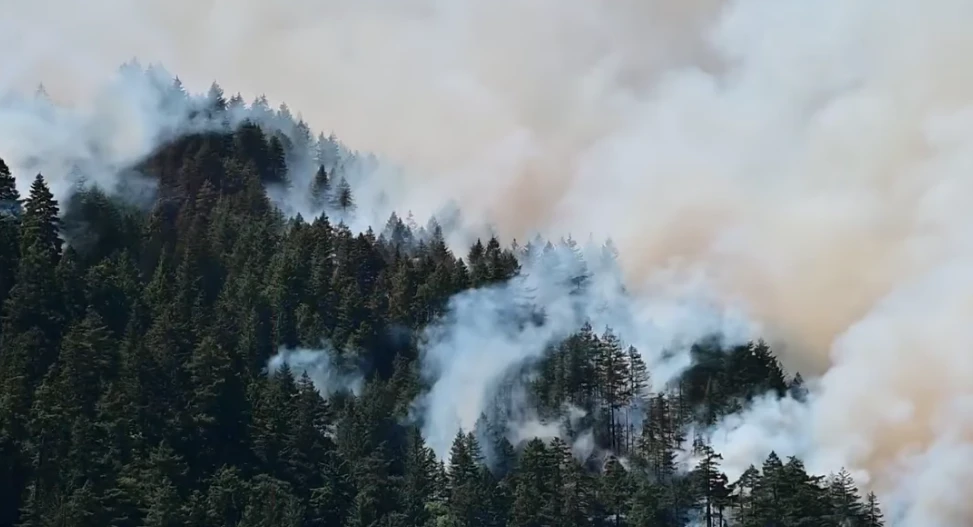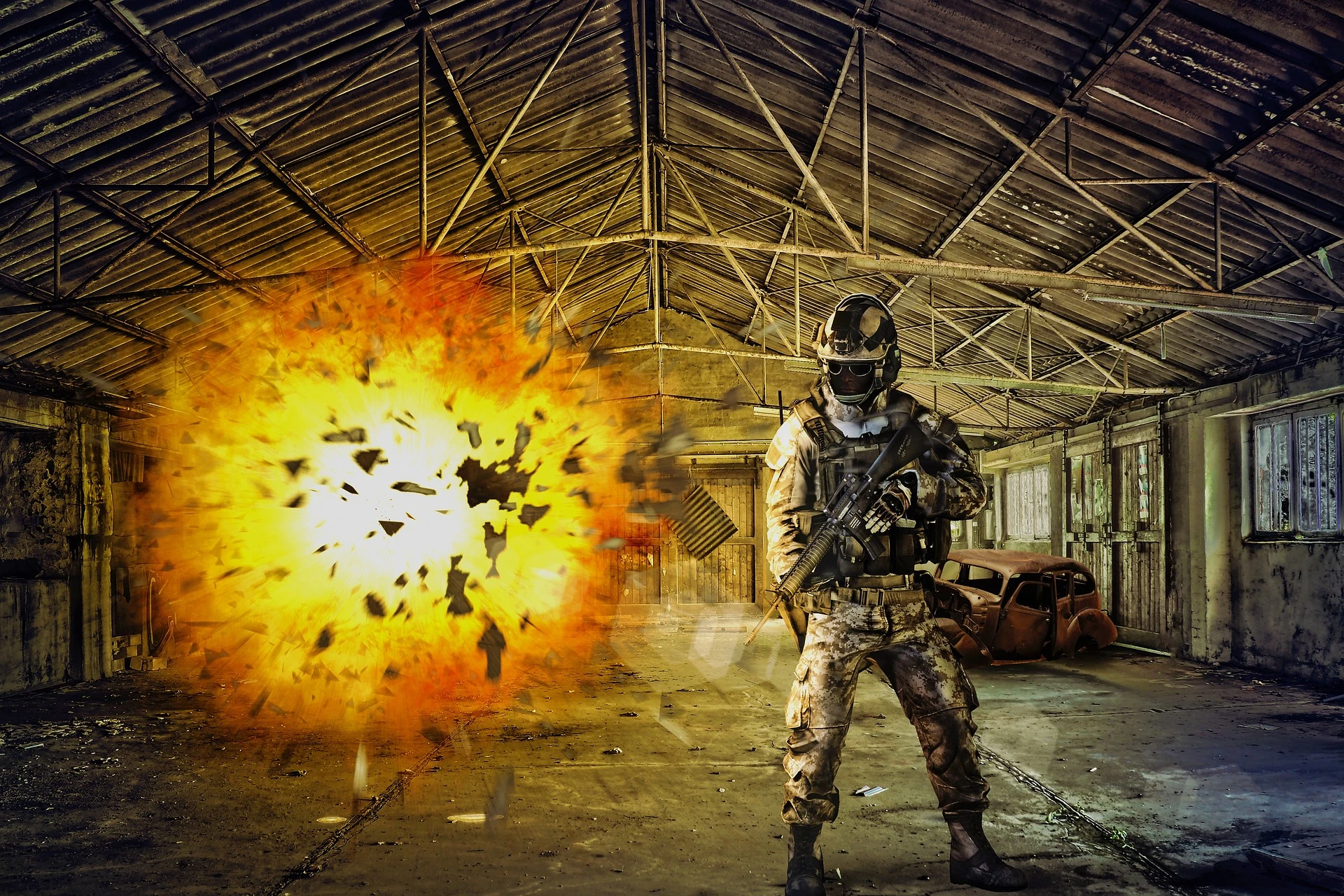Urgent Yellowknife Evacuation: Wildfires Approach City | Yellowknife Canada Wildfire Map
Yellowknife, the capital city of the Northwest Territories, is facing an urgent evacuation order as wildfires edge closer. The city of 20,000 people is under a heightened state of emergency, and officials are working tirelessly to manage the situation and ensure everyone’s safety.
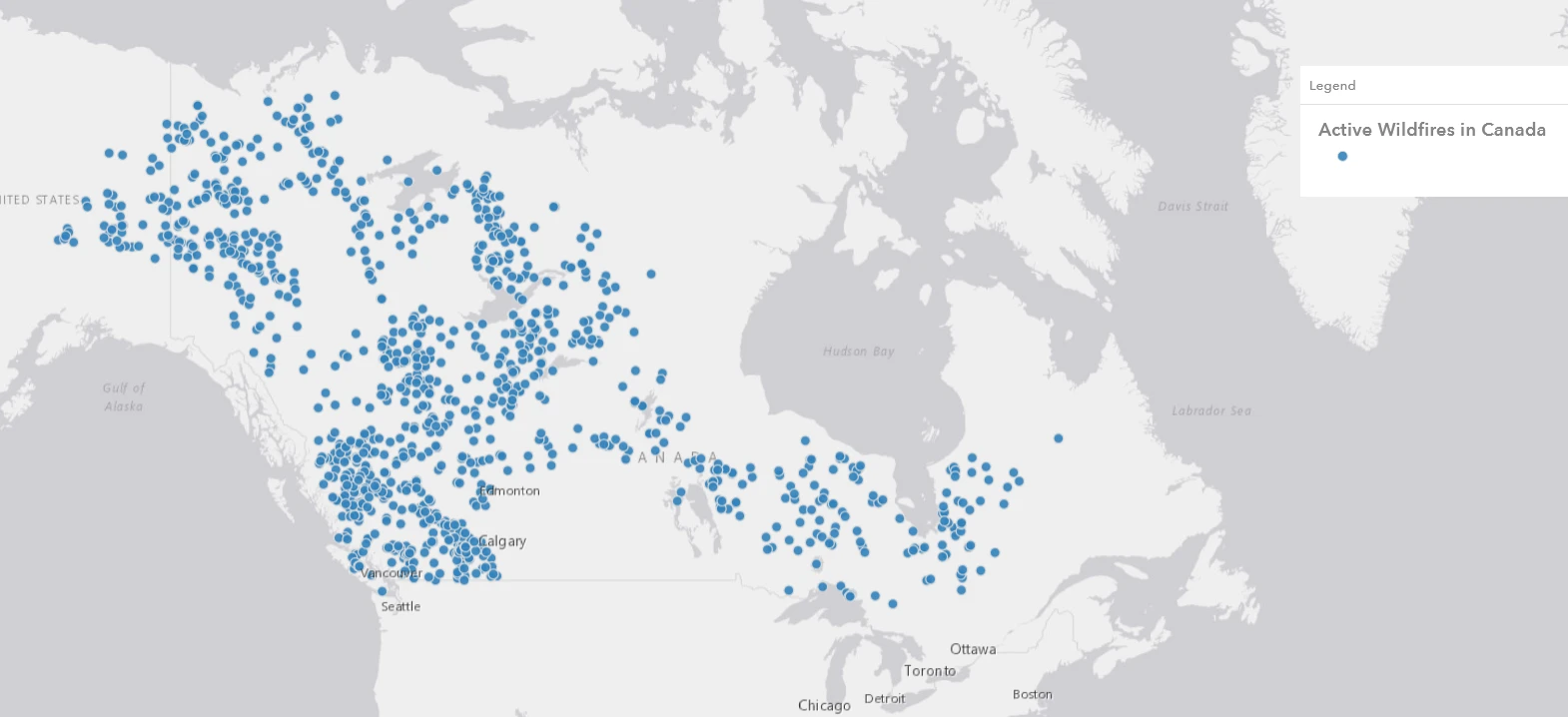
Residents’ Safety Top Priority
The safety of residents is the top priority as the city faces the threat of approaching wildfires. Residents of high-risk areas, including Ingraham Trail, Dettah, Kam Lake, Grace Lake, and Engle Business District, have been instructed to evacuate immediately. For others, the deadline is set until Friday afternoon to make their way out of the city.

Fires Still Several Miles Away, but Moving Quickly
As of now, the fires are still several miles away from Yellowknife, but they are moving quickly. The Northwest Territories is one of the provinces hardest hit by the wildfires, with over 236 active fires burning as of today.
Evacuation Underway
The evacuation is underway, and residents are being urged to evacuate as soon as possible while there is still a window of opportunity. Evacuation centers have been set up in nearby communities, and the Canadian military is providing assistance with the evacuation efforts.
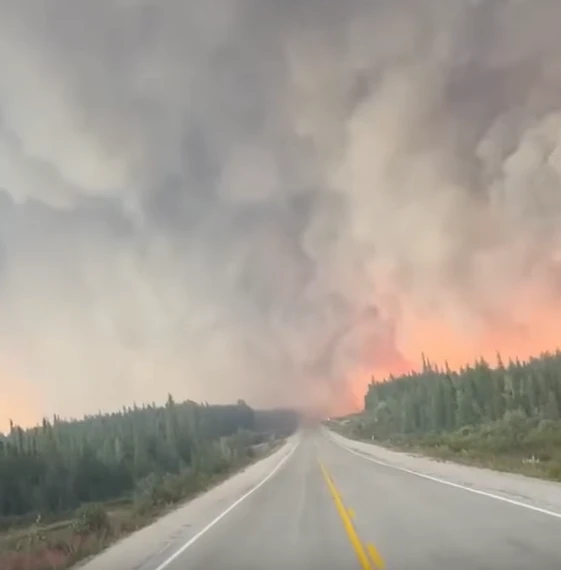
Firefighters Working to Minimize Impact
Firefighters are working to construct firebreaks and clear vegetation to minimize the impact of the wildfires. However, the fires are large and unpredictable, and it is unclear how much damage they will cause.
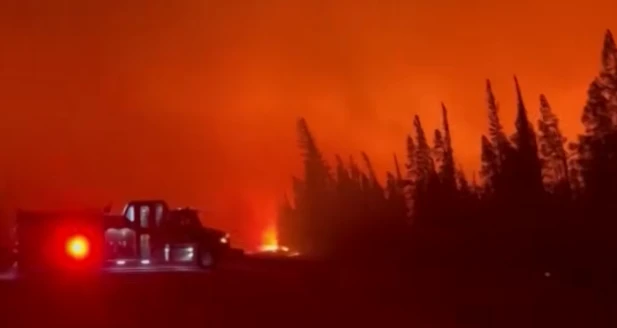
Community Coming Together
Yellowknife residents are coming together to support each other during this difficult time. Many people have offered to open their homes to displaced residents, and there is a sense of solidarity and determination in the community.

Stay Informed, Stay Safe
The situation in Yellowknife remains fluid, and it is crucial for residents to stay informed through official sources and follow the guidance provided. The city’s response teams, along with the Canadian military’s assistance, are working tirelessly to ensure the safety and well-being of everyone affected.
As Canada Battles Wildfire Season
The Yellowknife evacuation is a reflection of Canada’s worst-ever wildfire season. The wildfires have forced the evacuation of thousands of people and caused widespread damage. The government is working to address the crisis, but it is a reminder of the urgent need to address the effects of climate change and prioritize preparedness in the face of natural disasters.
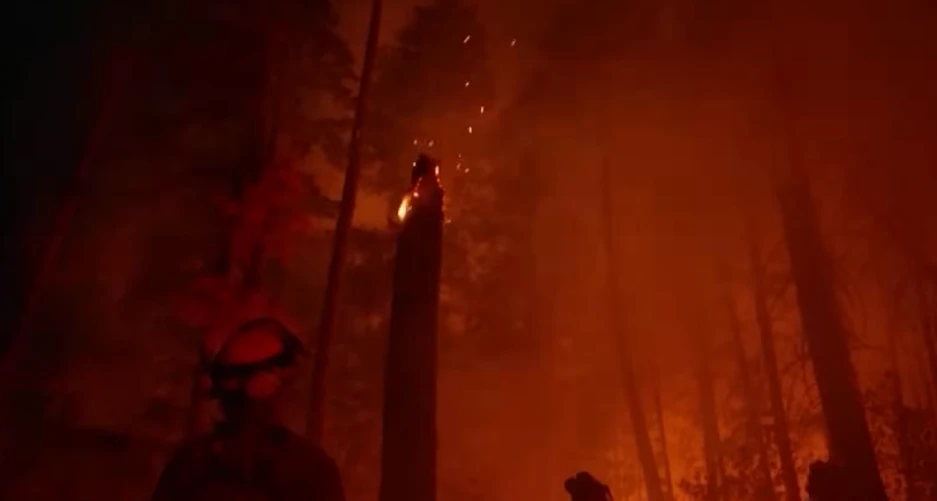
FAQ’s
What is the reason for the Yellowknife evacuation?
Yellowknife is being evacuated due to the risk of wildfires. The wildfires are approaching the city, and officials are concerned that they could pose a danger to residents.
Where is Yellowknife located?
Yellowknife is the capital city of the Northwest Territories, Canada. It is located in the Northwest Territories, on the north shore of Great Slave Lake.
Where can I find a map of the wildfires in Canada?
You can find a map of the wildfires in Canada on the website of the Canadian Wildfire Service.
How many wildfires are burning in Canada?
As of today, there are over 1,000 active wildfires burning in Canada.
When was the last time Yellowknife was evacuated due to wildfires?
Yellowknife was last evacuated due to wildfires in 2019.
What are the safety precautions that residents should take during the evacuation?
Residents should evacuate as soon as possible and follow the instructions of local officials. They should also bring essential items with them, such as food, water, and medication.
Where can displaced residents go during the evacuation?
Evacuation centers have been set up in nearby communities. Residents can also stay with friends or family members.
What is the latest update on the wildfires in Canada?
The wildfires are still burning, but they are not currently posing a threat to Yellowknife. However, the situation is fluid, and residents should stay informed through official channels.
Why is Canada experiencing so many wildfires this year?
There are a number of factors that have contributed to the increase in wildfires in Canada this year. These include:
• Climate change: The Earth's climate is warming, which is causing drier conditions and longer fire seasons.
• Increased human activity: Human activity, such as logging and road construction, can also contribute to wildfires.
• Wildfire suppression: In the past, wildfires were often suppressed, which can lead to buildup of fuel that can feed future fires.
What is being done to address the wildfires in Canada?
The Canadian government is taking a number of steps to address the wildfires, including:
• Investing in fire prevention and mitigation measures.
• Providing financial assistance to affected communities.
• Working with Indigenous communities to protect their traditional lands.
• Raising awareness of the risks of wildfires.
What can I do to help?
There are a number of things you can do to help address the wildfires in Canada, including:
• Stay informed about the latest wildfire conditions.
• Follow the instructions of local officials.
• Donate to organizations that are working to support wildfire relief efforts.
• Reduce your carbon footprint to help mitigate climate change.
For latest News & Updates Follow Roshbytes and Press the bell icon on the right to subscribe to our notifications.
